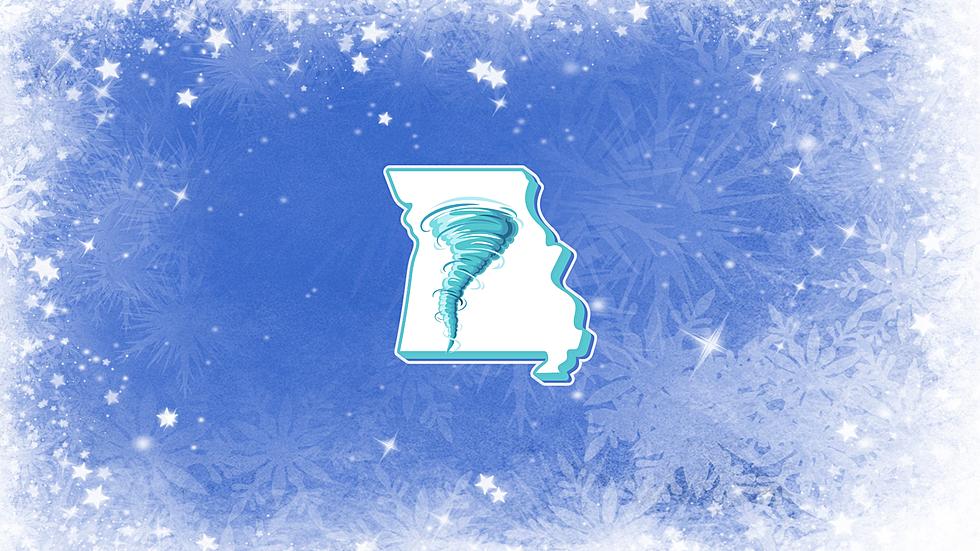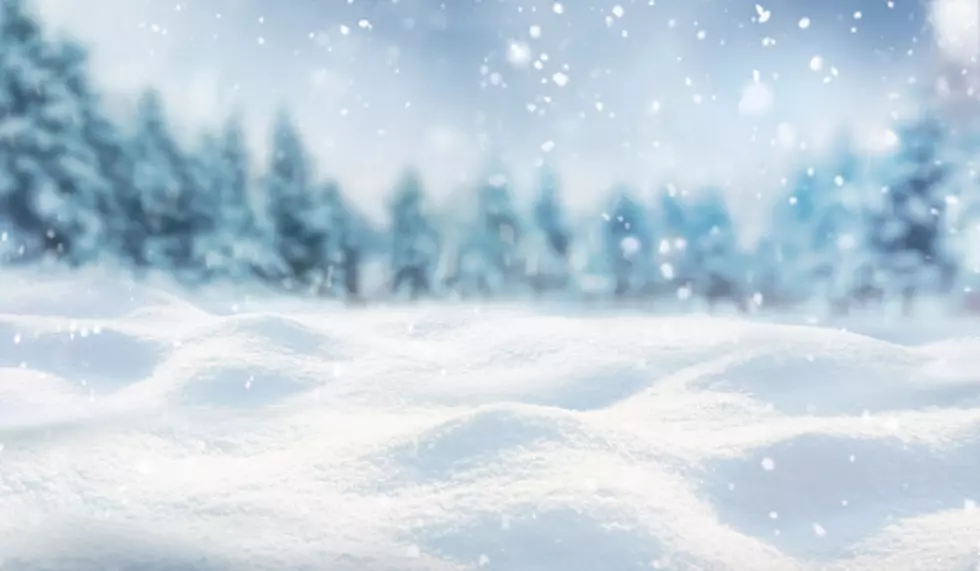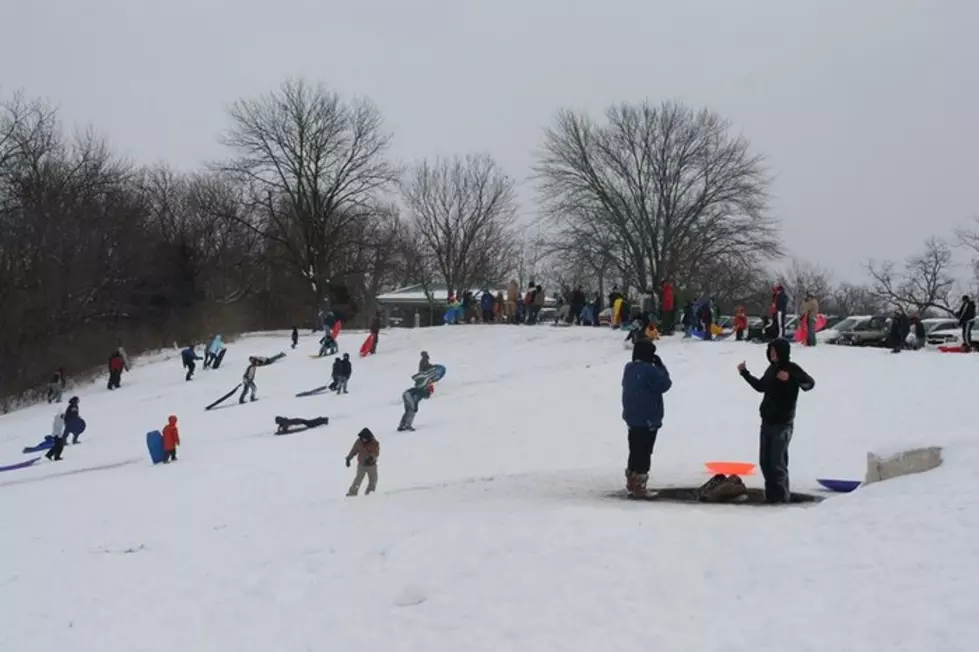
Bundle Up, Looks Like There’s More Snow and Cold for Missouri Friday
Because the Chiefs are playing Saturday night and playing the Miami Dolphins at Arrowhead, there's already a lot being made about how cold it will be in Kansas City on Saturday night for the game. Yet, surprise, there's another round of winter weather that forecasters are keeping an eye on for Friday and Friday night.
First some good news, our forecaster Weatherology, is predicting highs in the upper 30s for Wednesday, January 10, and Thursday, January 11. That's a good thing in my mind because it may melt some of the snow we've received over the last couple of days.
What's less promising is the nighttime lows. Tonight, Tuesday, January 9, it'll dip down to 16, it's going to be windy too so it's going to feel cold. Tomorrow night's low is 21. And Thursday night's low is going to be 21 with some mixed precipitation.
Yes, this is where the forecast begins to get dicey for West Central Missouri. Weatherology is calling for a high of 27, 20 miles per hour winds, and yes snow. That chance for snow sticks around with an overnight low of 4 on Friday night.
The National Weather Service forecast is in agreement with Weatherology.
Accuweather's forecast says it'll be 32, with increasing winds, and 1-3 inches of snow. Friday night Accuweather says it will be 6. Unfortunately, that forecast, except for predicting it'll be a little warmer, is similar to the other two.
So yes, at this point it looks like we'll get another day of snow, similar to what we've gotten over the past 24 hours, complete with blustery winds, and even colder temperatures.
Temperature-wise, the story beyond Friday and Saturday isn't very good either. Saturday's daytime high of 19 is the high point, while next Monday's high of 6 is the low point.
I guess it's safe to say it's winter in Missouri.
KEEP READING: Get answers to 51 of the most frequently asked weather questions...
LOOK: The most expensive weather and climate disasters in recent decades
Gallery Credit: KATELYN LEBOFF
More From Mix 92.3










